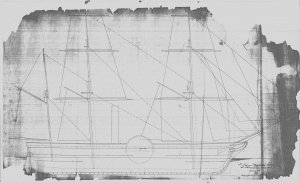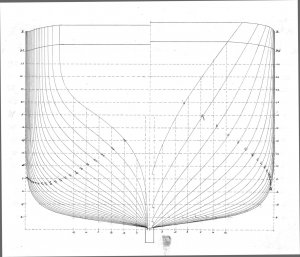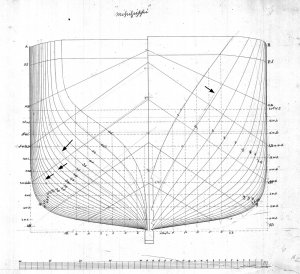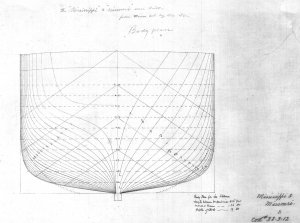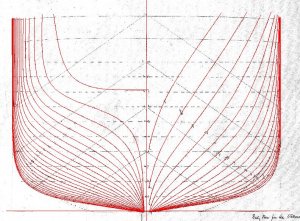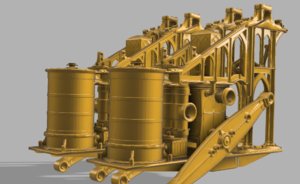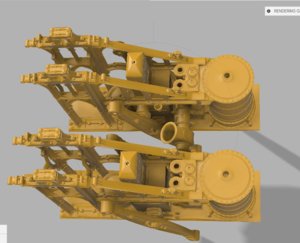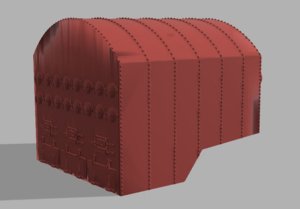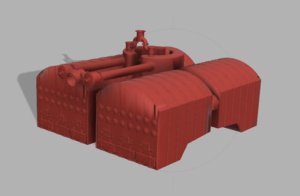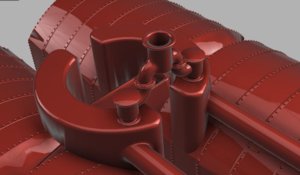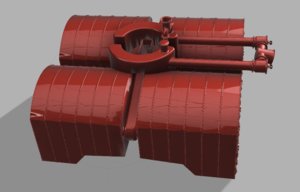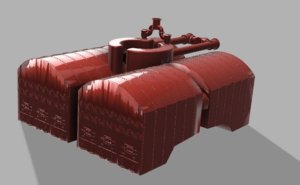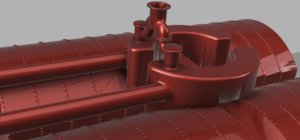At the meeting in Washington It was decided to build two sister ships with identical hulls. The task of designing the first steam powered frigates went to Samuel Humphreys a noted American naval architect and shipbuilder. He supervised the construction of the frigate USS Philadelphia, which was laid down at Philadelphia, Pennsylvania, in 1798. He later constructed ships at the Philadelphia Navy Yard, and supervised the construction of the ship-of-the-line USS Franklin, the first ship to be laid down at the yard, he also designed America's first first-rate ship-of-the-line, USS Pennsylvania, which was laid down in 1821.
Samuel Humphreys father was Joshua Humphreys the naval architect for the first six frigates of the U.S. Navy and is considered the father of the US Navy.
Joshua Humphreys was the first United States Naval Constructor, who has left us the Constitution and United States, the finest ships that grace the ocean, as monuments of his skill. These vessels were planned by him and built in the year 1797 and what is remarkable, as showing the cast and character of his mind, he had never seen a frigate when he planned them and yet he built frigates which to this day have never been surpassed and which are the pride of the nation. Indeed, the father of Samuel Humphreys, by his skill, may be said to have effected a complete revolution in the whole science of Naval Architecture, causing the old wooden walls of England to be replaced with vessels quite of another sort. Great Britain, finding that her ships could not compete with those modeled by him, has, since the war, made the United States and Constitution the guide for her architects. Her old frigates have been broken up and she is at this day razing her old 74’s, building larger frigates and modeling her whole navy upon the Humphreys plan, which is set forth in his official reports and letters, made and written half a century ago.
Samuel Humphreys was educated by his father as a naval constructor also, of which he was a master. Some of the most beautiful ships in the navy are of his models. He was appointed Naval Constructor for the Philadelphia Navy Yard in 1813 and Chief Naval Constructor in 1826, which post he filled with advantage to his country and honor to himself; the latter till the day of his death.
With the building of these first two steam frigates nothing is left to chance, every detail is considered the US Navy has the very best naval architects and engineers heading the building. So lets take a look at what they designed.

